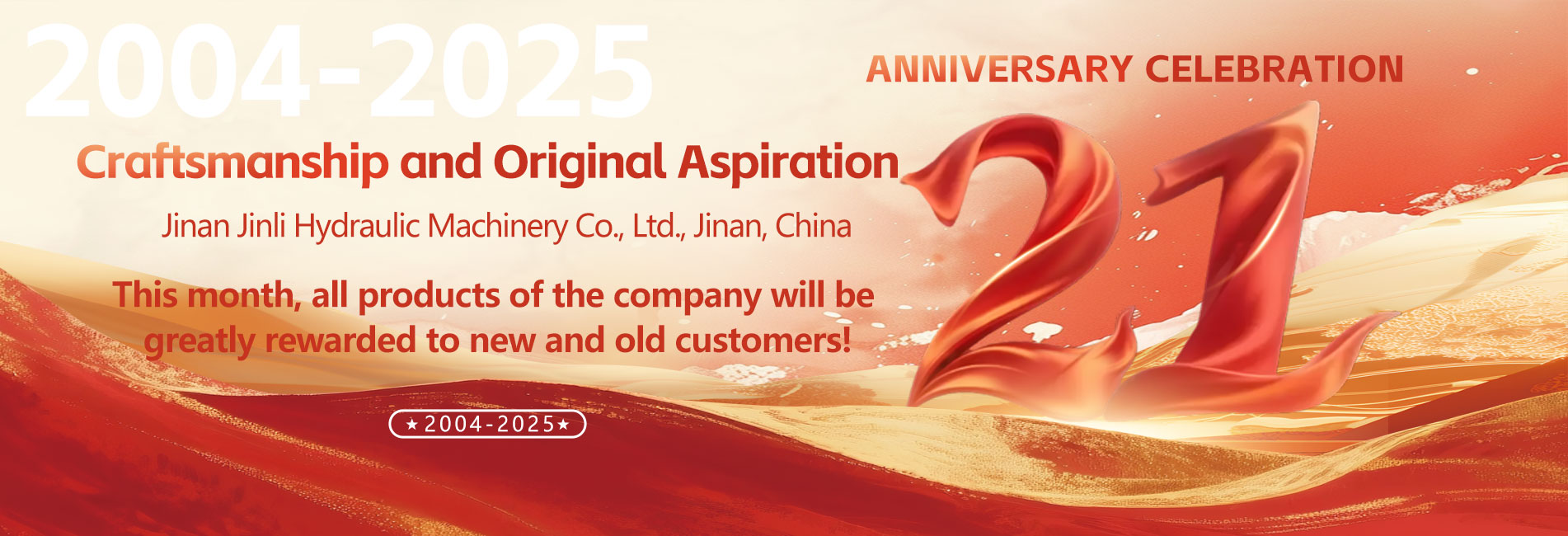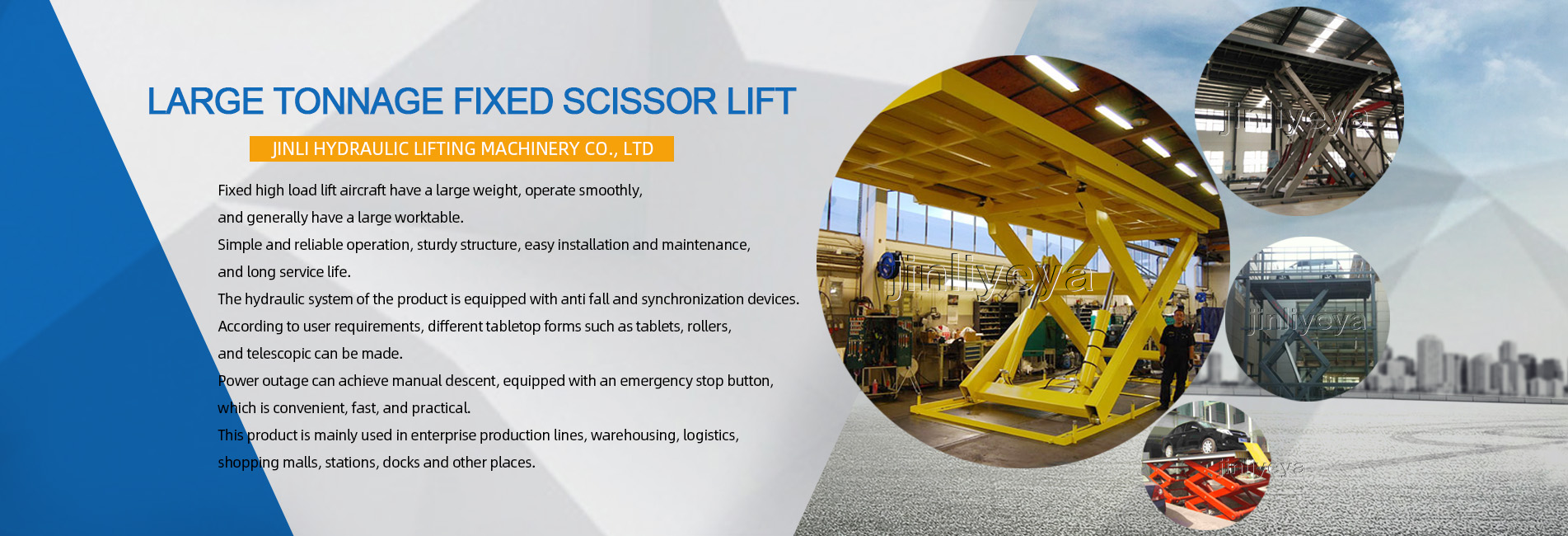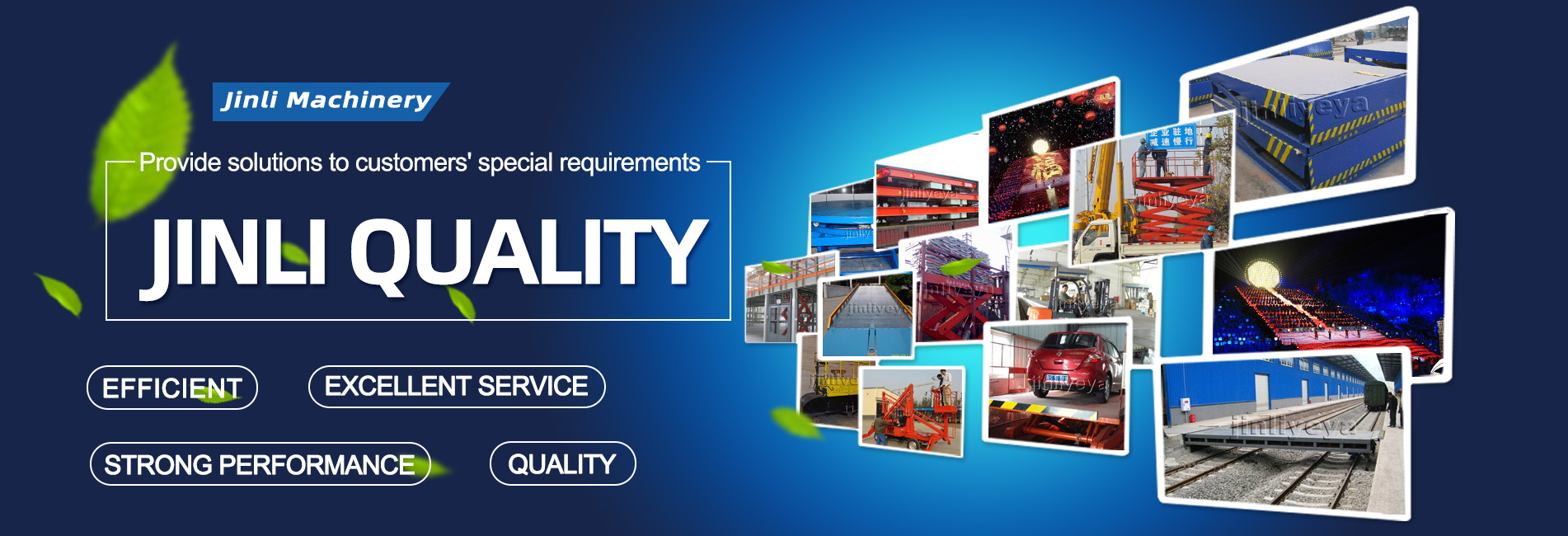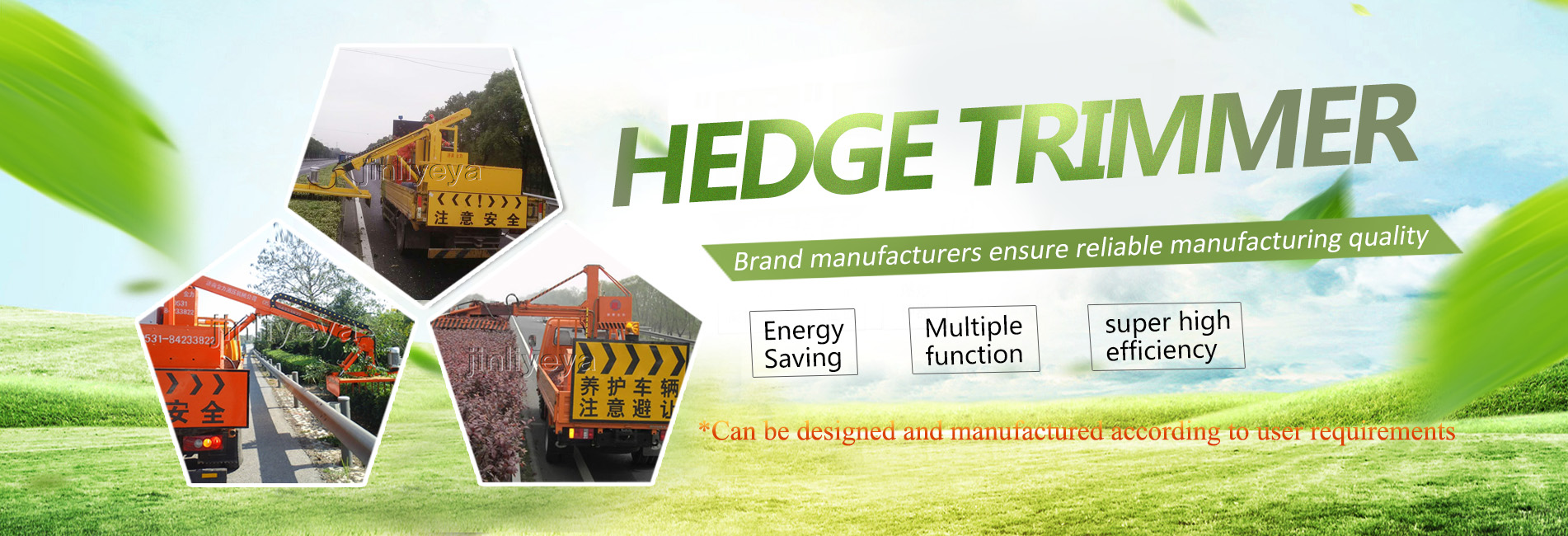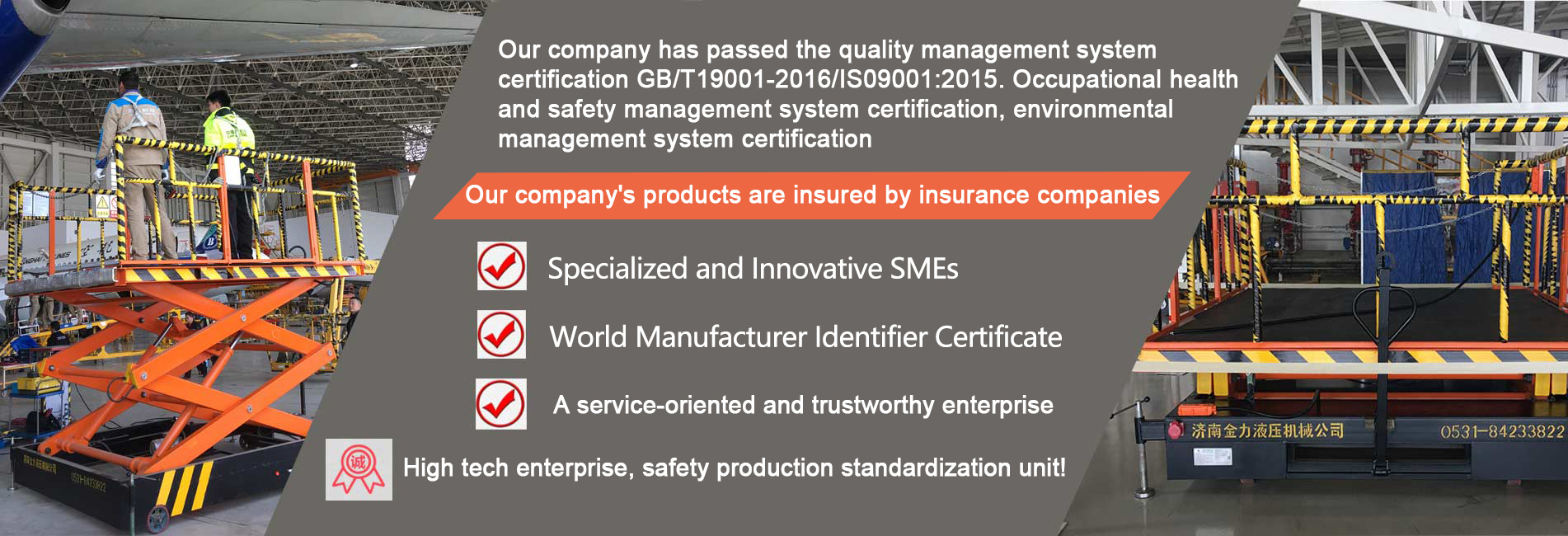& nbsp; Machinery requires maintenance after use, let alone large machinery. Poor maintenance of elevators after use can reduce their lifespan. Let me tell you how to maintain elevators after use.
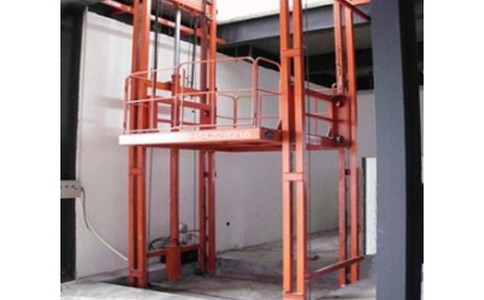
& nbsp; In order to maintain the excellent skills and normal operation of the elevator machinery, ensure the safe use of on-site construction machinery, extend the service life of equipment, and reduce mechanical failures, it is necessary for each construction enterprise to carry out necessary equipment maintenance operations in accordance with the rules of pen protection and maintenance. It is not allowed to only focus on the use without considering equipment protection and maintenance, and it is prohibited for equipment to be released from maintenance or repair.
& nbsp; In order to comply with the equipment protection and maintenance guidelines, it is necessary to establish a mechanical handling responsibility system; It is necessary to develop maintenance procedures for different models; It is necessary to implement corresponding maintenance organization; It is necessary to handle the connection between maintenance and production, so as not to affect production or equipment protection and maintenance. Whether it is a large machinery with a disordered structure or a small and medium-sized equipment with a simple structure, the maintenance operation scale is mainly focused on cleaning, smoothing, adjusting, fastening, and anti-corrosion, which is generally referred to as cross operation.
& nbsp; Cleaning requires all parts of the elevator to be free of oil sludge, dirt, and dust, especially the air, fuel, and oil filters of the engine, which should be checked and cleaned regularly according to rules to prevent impurities from entering the cylinder and oil passage, and accelerate the wear of moving parts. Elevator manufacturers advocate the development of some protection guidelines. The timed protection system is based on the wear and tear of mechanical parts, the service life, and the rules of oil and liquid loss. It is the primary maintenance criterion for determining the mechanical maintenance needs according to the operating hours of the machinery, and has also become the expected maintenance system for the plan.

